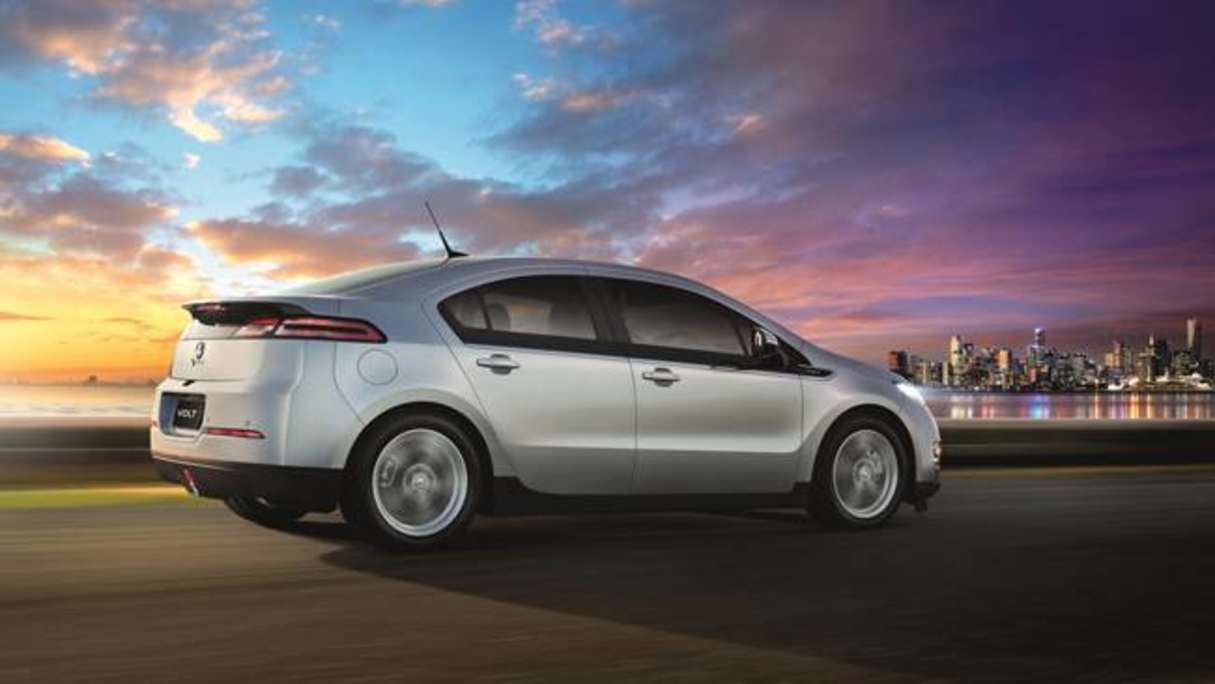The electric revolution is well and truly underway in Australia. In the first five months of 2022 as a nation we’ve bought more than 43,000 electric or hybrid cars.
Rewind a decade and in 2012 we bought just 14,172 across the full 12 months of the year. Of those, just 253 were battery electric vehicles, compared to 8527 EVs sold between January and May of this year.
In this context it’s easy to understand why the Holden Volt failed. Australia simply wasn’t ready for what the ground-breaking plug-in hybrid offered.
The launch of the Volt, a rebadged Chevrolet, was a pivotal moment for the brand in hindsight. Had it succeeded, the company could have been a leader in electrification and possibly avoided some of the disappointments that led to its ultimate demise.
Instead, the $59,990 before on-road costs asking price meant the Volt was too easily dismissed by critics as ‘an expensive small car’, which was a gross-oversimplification and a fault that doesn’t hold up in the face of current EV pricing.
The Volt arrived in Australia in 2012, with plenty of marketing hype and technical explanations, for what was at the time a new and very complex powertrain. While plug-in hybrid systems are more common now, the combination of electric motor and petrol engine, which could charge the batteries on the go, was state-of-the-art.
But for all of the technology, what the Volt really offered was a simple choice - use electric power for short trips or just top it up with petrol if you need to take a longer run. In other words, the Holden Volt was an electrified car suitable for Australia - at home in the city but capable of driving across the country if needed.
Holden (and Chevrolet) tried to help justify the price by making the Volt a standalone model, not simply an ‘electrified version’ of an existing car. They also designed a very iPod-inspired interior that helped ensure it looked suitably ‘hi-tech’ - if very white and plastic.
.jpg)
Contemporary reviews were good, and this author drove the Volt and was impressed with its credentials. The problem was ultimately the price, with the market not yet at the point where it was willing to pay a heavy premium for a plug-in hybrid or even an electric car.
These days the $59,990 starting price looks fairly reasonable in the context of the likes of the Hyundai Ioniq 5 starting at $71,990 and the Kia EV6 priced from $67,990 for its most affordable model.
Even the most affordable PHEV is the MG HS Excite Hybrid, which has a $46,990 driveaway asking price. It’s highly likely that over the course of the past decade, the Volt would have either evolved into a more affordable small car offering or become an SUV.

But we’ll never know because sales in Australia were disappointing, with less than 300 examples reportedly sold here between 2012 and the end of 2015 when it was discontinued. Chevrolet was quick to cease right-hand-drive production when sales were slow, in other markets, such as the United Kingdom (where it was sold as both the Chevrolet Volt and Vauxhall Ampera).
Perhaps with more time the Volt could have attracted an audience like Mitsubishi managed with the Outlander PHEV, after it went on sale in 2014, but we’ll never know because Chevrolet decided to ditch plug-in hybrids and push on with full battery electric vehicles instead.
Which is beginning to pay off now, sadly too late for Holden though…





.jpg)
.jpg)
.jpg)

_0.jpg)



.jpg)
 (1).jpg)




.jpg)









